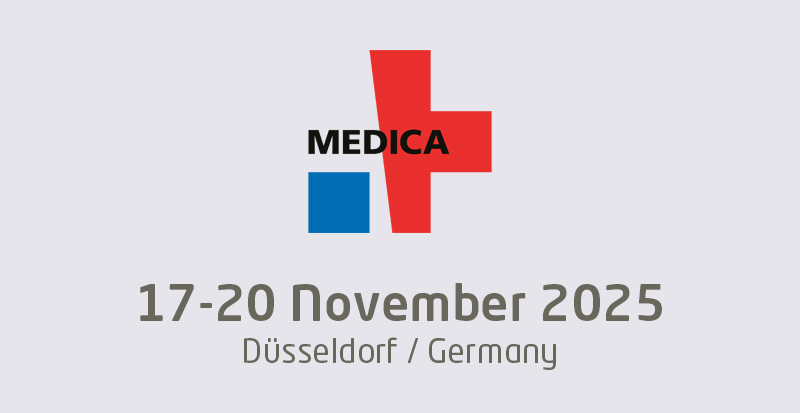A new data brief from the Assistant Secretary for Technology Policy and the Office of the National Coordinator for Health IT highlights the continued growth in patient portal use, as both patients and providers recognize its role in promoting patient engagement.
The report found that overall patient access to health data rose between 2022 and 2024, largely driven by healthcare providers encouraging the use of patient portals. When providers actively offer access and promote these tools, patient adoption follows.
For instance, in 2024, 77% of patients were offered online access to their medical records by either their provider or payer, a significant jump from 42% in 2014.
Moreover, patients tend to take advantage of this access when it’s offered. In 2024, 65% of patients were not only offered patient portal access but also logged in, compared to just 25% in 2014.
Use of patient portals is even higher among those with chronic conditions or recent cancer diagnoses—groups that typically have more frequent healthcare visits and a greater need to engage in their care. In 2024, 81% of individuals with chronic illnesses and 86% of those recently diagnosed with cancer were at least offered portal access, with 69% and 76%, respectively, actually using these tools, according to the Assistant Secretary for Technology Policy and the Office of the National Coordinator for Health IT (ASTP/ONC).
Importantly, patient portal engagement isn’t just occasional. ASTP/ONC data shows that the share of frequent users—patients logging in six or more times per year—has more than doubled, rising from 15% in 2019 to 34% in 2024. This trend holds true even among patients managing chronic illnesses or recent cancer diagnoses.
According to Chelsea Richie, author of the ASTP/ONC report and a related blog post, this surge in use is likely linked to the implementation of the 21st Century Cures Act.
“The rule strengthens patient access through policies like information blocking regulations, and technically by requiring certified health IT developers to implement secure, standards-based APIs,” Richwine explained. “This makes it easier for patients to access and manage their health data through the smartphone apps of their choice. It has also likely contributed to a broader range of portal features that allow patients to share and use information to make informed decisions about their care.”
Patient portal use closely tied to provider encouragement
These insights highlight the importance of healthcare providers actively discussing health IT tools, including patient portals, with their patients. Such technologies enable individuals to take a more active role in managing their health outside of traditional care settings and are key components of patient engagement strategies. When providers prompt patients to access their own health data, it often leads to greater participation and supports higher levels of patient activation.
The ASTP/ONC data brief illustrates this clearly: patients who were encouraged by their provider or payer to use the patient portal were significantly more likely to do so. Among those who received encouragement, 87% logged in to their portal, compared to just 57% of patients who were not prompted by their provider.
























